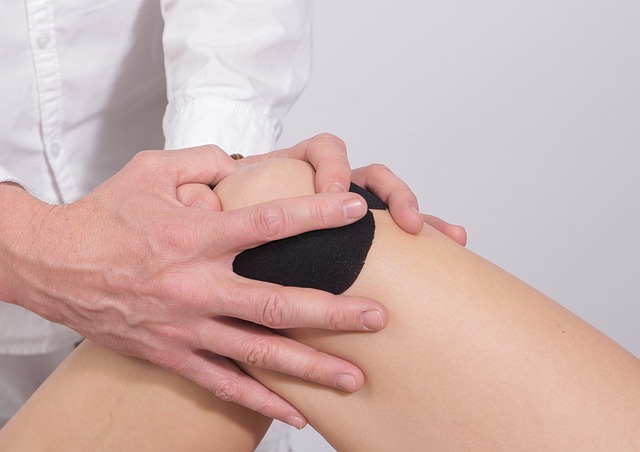
Oedema in the Ankles
Oedema, a term that might sound a bit daunting, simply refers to the build-up of fluid in the body’s tissues, leading to swelling. When it occurs in the ankles, feet, or legs, it can be particularly noticeable and sometimes uncomfortable. But don’t worry, it’s a common issue that many people experience at some point in their lives. 😊
What Causes Oedema in the Ankles?
There are several reasons why someone might experience oedema in their ankles. Here are a few common culprits:
- Gravity: When you stand or sit for long periods, gravity can cause fluid to pool in your lower extremities.
- Dietary Choices: Consuming too much salt can lead to fluid retention, making your ankles swell.
- Weight: Being overweight can put extra pressure on your legs and feet, contributing to oedema.
- Medical Conditions: Certain health issues, such as heart, liver, or kidney problems, can also lead to fluid retention.
Signs and Symptoms
Identifying oedema is usually straightforward. The most common signs include:
- Swelling in the ankles, feet, or legs
- A feeling of heaviness or tightness in the affected area
- Skin that appears stretched or shiny
- Indentations that remain after pressing on the swollen area
When to Seek Medical Attention
While oedema often resolves on its own, there are times when it’s essential to consult a healthcare professional. If you notice any of the following, it’s wise to seek help:
- Swelling that lasts for an extended period
- Severe swelling accompanied by pain or redness
- Difficulty breathing or chest pain
Simple Remedies to Alleviate Oedema
If you’re dealing with mild swelling, there are several strategies you can try at home to help reduce the discomfort:
- Elevate Your Feet: Whenever possible, prop your feet up to help fluid drain away from the ankles.
- Stay Active: Regular movement can improve circulation and reduce swelling. Simple exercises or even a short walk can work wonders!
- Watch Your Diet: Reducing salt intake can help prevent fluid retention. Try to incorporate more fruits and vegetables into your meals.
- Compression Socks: These can provide support and help reduce swelling by promoting better circulation.
Final Thoughts
Oedema in the ankles can be a bothersome condition, but understanding its causes and knowing how to manage it can make a significant difference. Remember, while it often resolves on its own, paying attention to your body and seeking help when necessary is always a good idea. Take care of yourself, and don’t hesitate to reach out to a healthcare provider if you have concerns. Your health matters! 🌟

















 Lifestyles by Noor
Lifestyles by Noor 
 Health
Health  Fitness
Fitness  Lifestyle
Lifestyle  Tech
Tech  Travel
Travel  Food
Food  Education
Education  Parenting
Parenting  Career & Work
Career & Work  Hobbies
Hobbies  Wellness
Wellness  Beauty
Beauty  Cars
Cars  Art
Art  Science
Science  Culture
Culture  Books
Books  Music
Music  Movies
Movies  Gaming
Gaming  Sports
Sports  Nature
Nature  Home & Garden
Home & Garden  Business & Finance
Business & Finance  Relationships
Relationships  Pets
Pets  Shopping
Shopping  Mindset & Inspiration
Mindset & Inspiration  Environment
Environment  Gadgets
Gadgets  Politics
Politics 